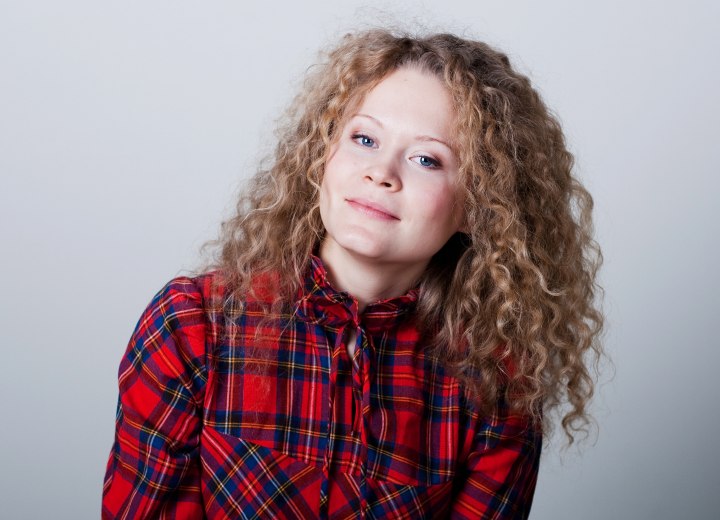Perming

A: Well, your topic is one that might be debatable and is certainly a very involved one. However, there isn’t enough space here to fully discuss all the aspects to be considered from both sides. So, I’m going to pick a side and give you my basic reasoning. I hope it helps you.
A wide range of services that we think of as “new” all use as their core principles the process of perming. The chemical side bonds within the hair shaft are broken, reconfigured and reformed using a multi-step process of exposing the hair to chemicals, physically manipulating the hair and neutralize the active processing solutions.
Often the exact order of these steps is rearranged, but whether it is Japanese Straightening (Thermal Reconditioning), Keratin Treatments, or one of many other chemical services, the core principles of the steps and stages are the same. Even relaxer services for those individuals with very curly and kinky hair types fit the category of “perming” although the chemicals used are very different from those in other perming services.

Additionally, when you factor in the creative new techniques for wrapping the hair and the various innovations in tools used to create a natural-looking wave, you can give naturally straight hair virtually any wave pattern you desire and few people would ever be able to tell that the results were from a perm procedure.
Frankly, as long as there are women who are dissatisfied with the hair they were born with, the process of perming the hair (whether to add or remove wave or to alter the texture) will never become a thing of the past. That is until and unless science provides us with a means to alter the wave pattern and texture of the hair without using an external chemical process (perhaps through genetic manipulation).
©Hairfinder.com
See also:
Perms
The scientific process of perming and relaxing
Why do so many women cut their hair shorter and get a perm when they get older?
Do you know why elderly women opt for hairstyles with a perm?